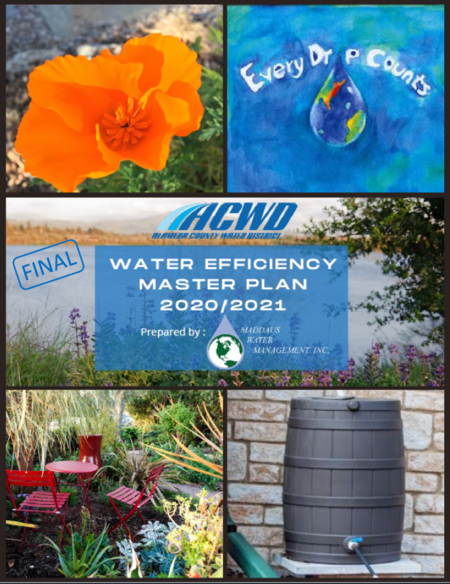
Alameda County Water District, Water Efficiency Master Plan, California
MWM completed a Water Efficiency Master Plan (WEMP) for Alameda County Water District using the DSS Model. The analysis for the plan contained more than 40 conservation measures, including new and innovative technologies. MWM provided approaches and options for meeting goals for each measure, including a benefit-cost analysis. The WEMP report documents the planning process, summarizes the analysis, describes various water use efficiency strategies along with their anticipated costs, savings, and cost-effectiveness. The plan provides a roadmap for ACWD’s Water Use Efficiency Program for the next five years (to 2025) and strategies out to 2050.
View the Report
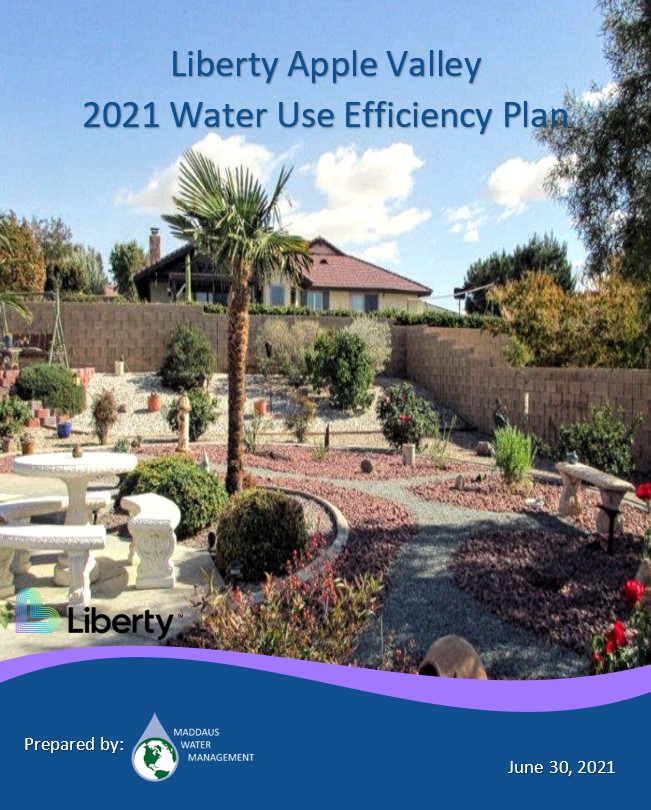 >
>
Water Use Efficiency Plan, Liberty Utilities (Apple Valley Ranchos Water) Corporation, Apple Valley, California
This Water Use Efficiency Plan identified programs and projects to most effectively meet Liberty Utilities’ water use requirements. With the use of MWM’s DSS Model, the plan provided detailed information for 19 individual conservation measures, giving Liberty the flexibility to use this plan as a guide to implement additional measures to manage water savings. This Plan illustrated that expanded water conservation efforts by Liberty Utilities/Apple Valley were a feasible and cost-effective means of assuring adequate future water supplies. Liberty Utilities/Apple Valley plans to continue to use conservation to meet their per capita consumption targets as reported in their 2020 Urban Water Management Plan. This Plan outlined a program that will focus on following the new state legislation including focus on addressing the new California Water Use Objectives.
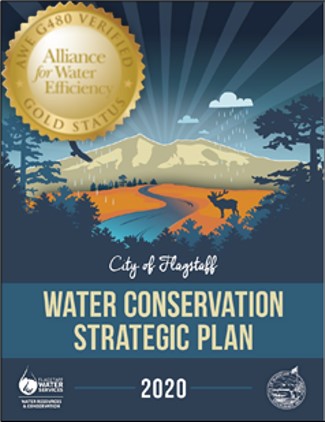
Water Conservation Strategic Plan, City of Flagstaff, Arizona
The City of Flagstaff engaged the services of MWM to develop a Water Conservation Strategic Plan. In addition to determining the appropriate investment in conservation-derived water savings in order to defer costly future water supply development and infrastructure, the other goals of the plan were as follows:
- Assist the City in becoming a national leader in water conservation in all sectors (City Council goal)
- Generate quantitative water conservation savings projections for use in Water Resources Master Plan
- Provide conservation guidance for next water rate study
- Ensure water conservation program expenditures result in broad community participation and return on investment
View the Report
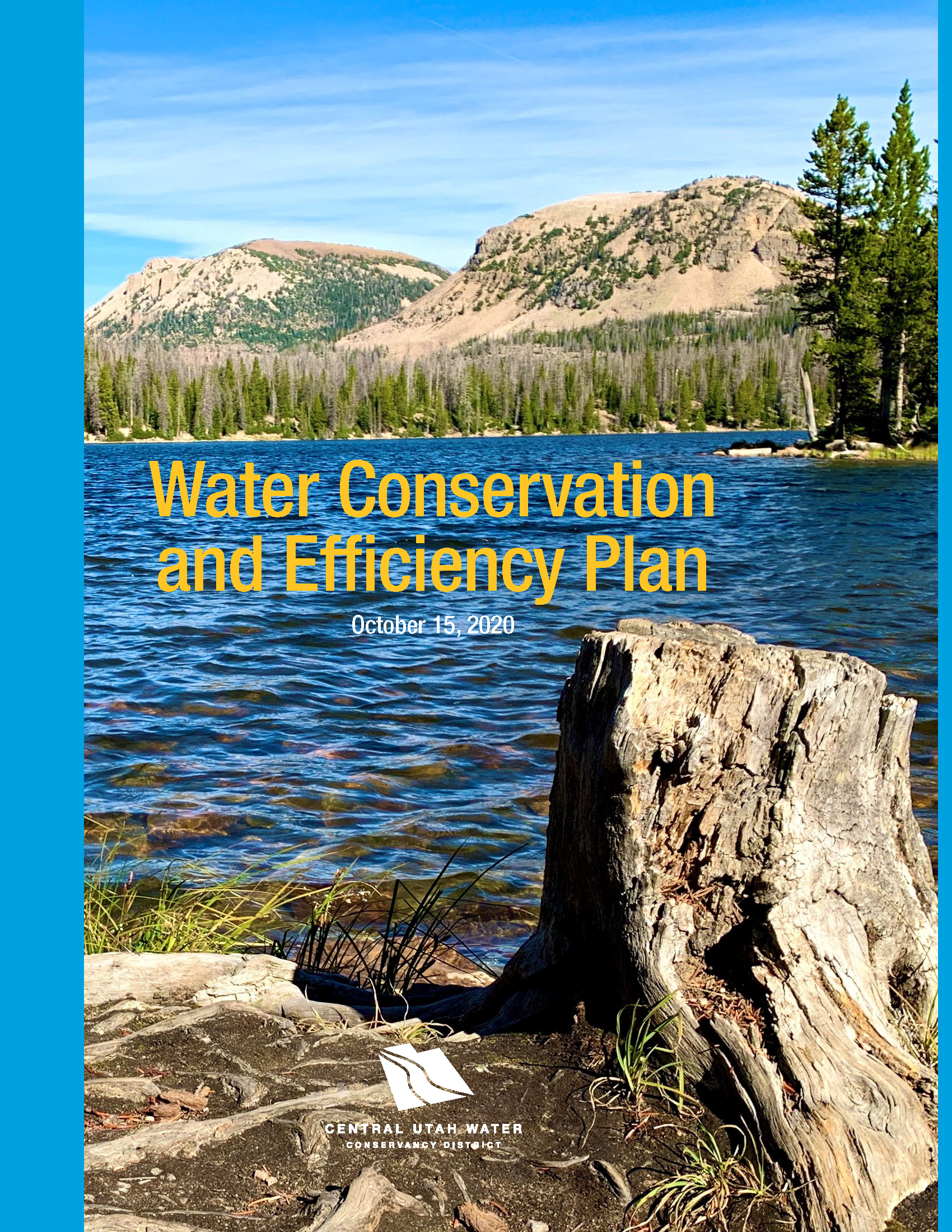
Water Conservation and Efficiency Plan, Central Utah Water Conservancy District, Utah
In 2020, MWM worked with CUWCD management and staff to review its conservation program activities, funding, and staffing levels to provide a conservation strategic plan, including stakeholder input, and to develop a road map for CUWCD’s future conservation efforts.
View the Report
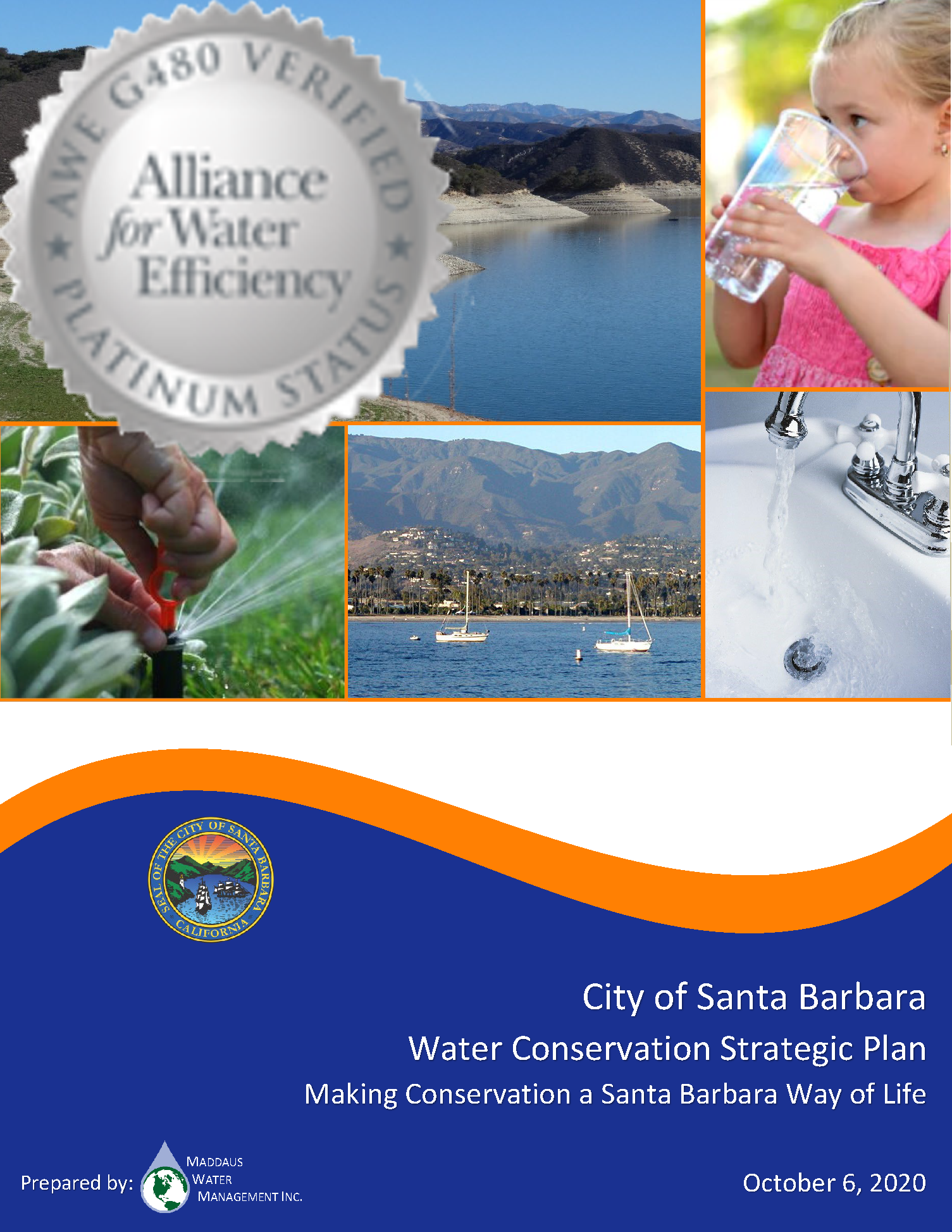
Water Conservation Strategic Plan, City of Santa Barbara, California
The City of Santa Barbara serves a stable population of around 92,000 people and faces an increasingly less reliable water supply due to pumping restrictions placed on the California State Water Project. Most recently, MWM worked on a “Making Water Conservation a California Way of Life” Water Conservation Strategic Plan which was incorporated into the 2020 City of Santa Barbara Long-Term Water Supply Plan. Development of the Strategic Plan began in 2018 and was completed in December 2020. This effort included reviewing the City’s programs in alignment with state regulations and updating the DSS Model for current and future program activities. The City used this Strategic Plan for its application for AWWA G480-20 status. The plan was reviewed and verified by the Alliance for Water Efficiency and was awarded Platinum Status.
View the Report
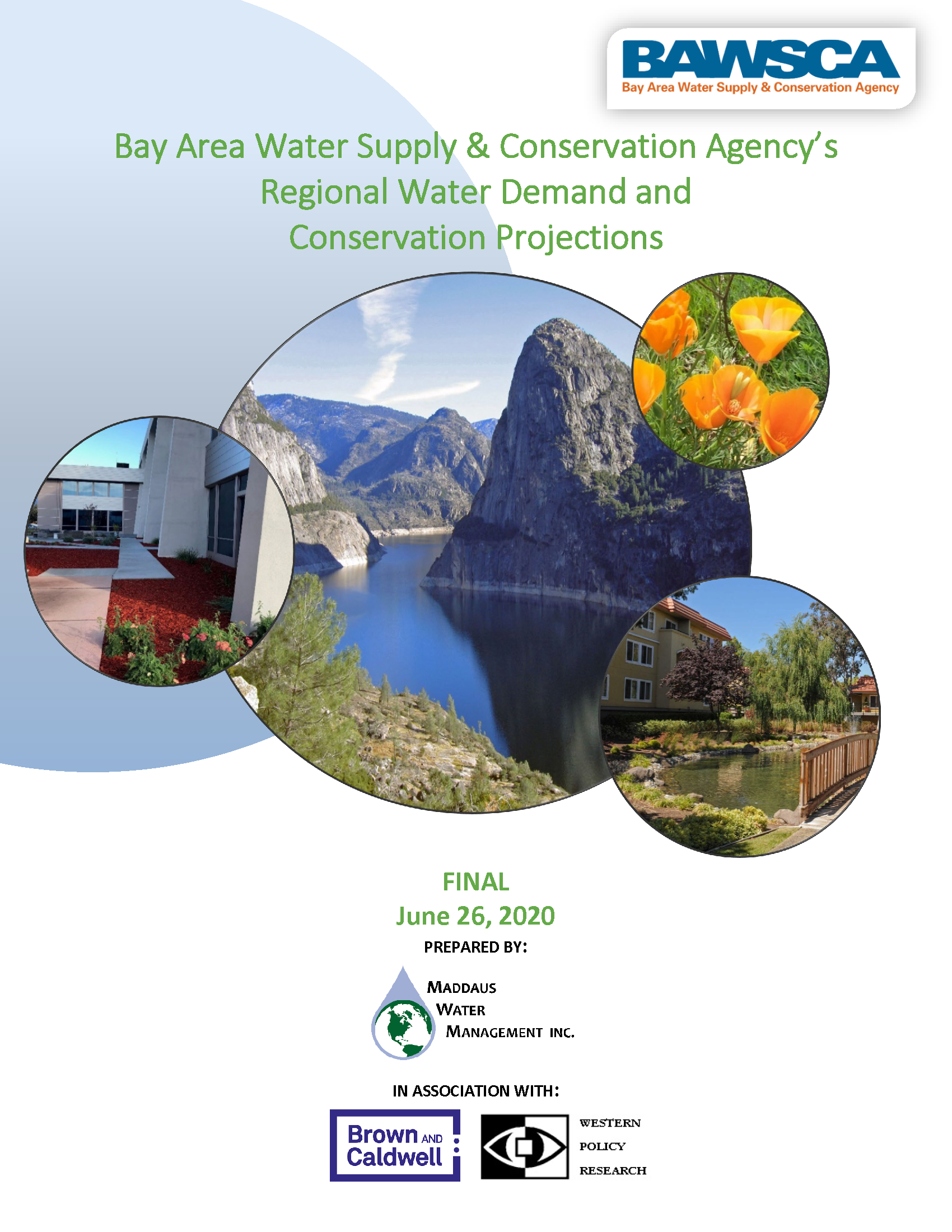
Regional Water Demand and Conservation Projections, Bay Area Water Supply and Conservation Agency, Bay Area, California
The BAWSCA Regional Water Demand and Conservation Projections analysis and report was completed in June 2020. It involved efficiently updating BAWSCA’s conservation program business case analysis and water savings projections by developing uniform demand and conservation projections for the BAWSCA member agencies. The final report and modeling tools were designed to support BAWSCA regional planning efforts (e.g., the implementation of BAWSCA’s Long-Term Reliable Water Supply Strategy) and individual member agency work assignments (e.g., 2020 Urban Water Management Plans).
View the Report
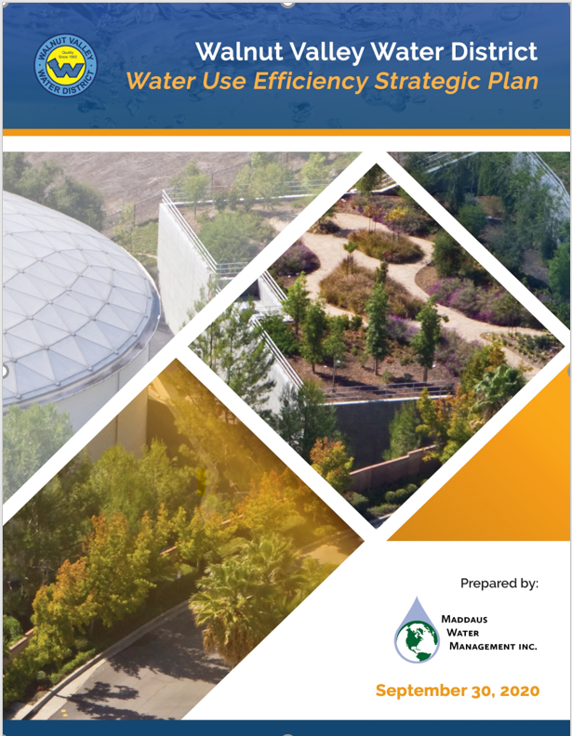
Water Use Efficiency Strategic Plan, Walnut Valley Water District, Walnut Valley, California
From 2019–2020, MWM produced a Water Use Efficiency Strategic Plan for Walnut Valley Water District. The MWM project team conducted a conservation technical analysis using MWM’s DSS Model. The purpose of the analysis was to 1) evaluate the District’s current conservation measures; 2) identify new measures applicable for the District through 2045; 3) estimate the costs and water savings of all measures; and 4) create and evaluate conservation program options. MWM provided a measure library for the District to choose potential water conservation measures to analyze. A total of 22 measures were selected and 3 conservation programs developed.
View the Report
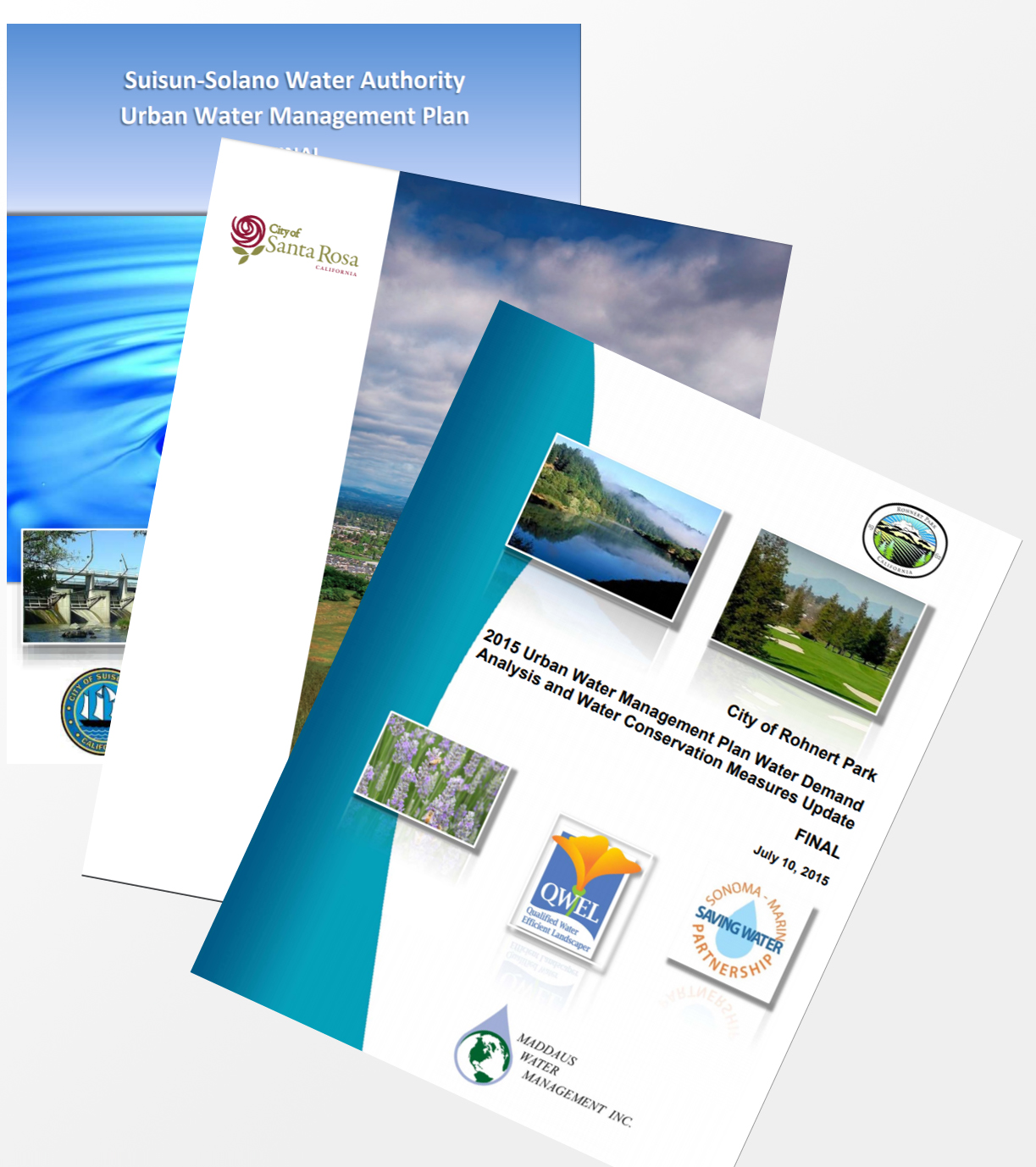
Urban Water Management Plans (UWMPs) and Water Shortage Contingency Plans (WSCPs)
MWM has been working with urban water management plans since 2000. We have been involved in plans with the City of Hayward (2020), City of Milpitas (2020), City of Foster City (2020), Mid-Peninsula Water District (2016, 2020), Suisun-Solano Water Authority (2005, 2010, 2016), Liberty Utilities (2016), City of Sonoma (2016), South Tahoe Public Utilities (2010), Calistoga (2005), the City of Sacramento (2000) and technical demand analysis portion of the UWMPs for over 57 agencies, including Marin Municipal Water District, North Marin County Water District, City of Santa Rosa, City of Petaluma, City of Rohnert Park, Town of Windsor, City of Sonoma, Valley of the Moon, City of Cotati. (2005-2016). Additionally in 2021, MWM authored the water shortage contingency chapter of the 2020 Urban Water Managements Plans for Municipal Water District of Orange County and provided overall Quality Assurance/Quality Control on the full Urban Water Management Planning documents (UWMPs and WSCPs) for the wholesaler and 21 of the 28 retail water agency members.
View a Report
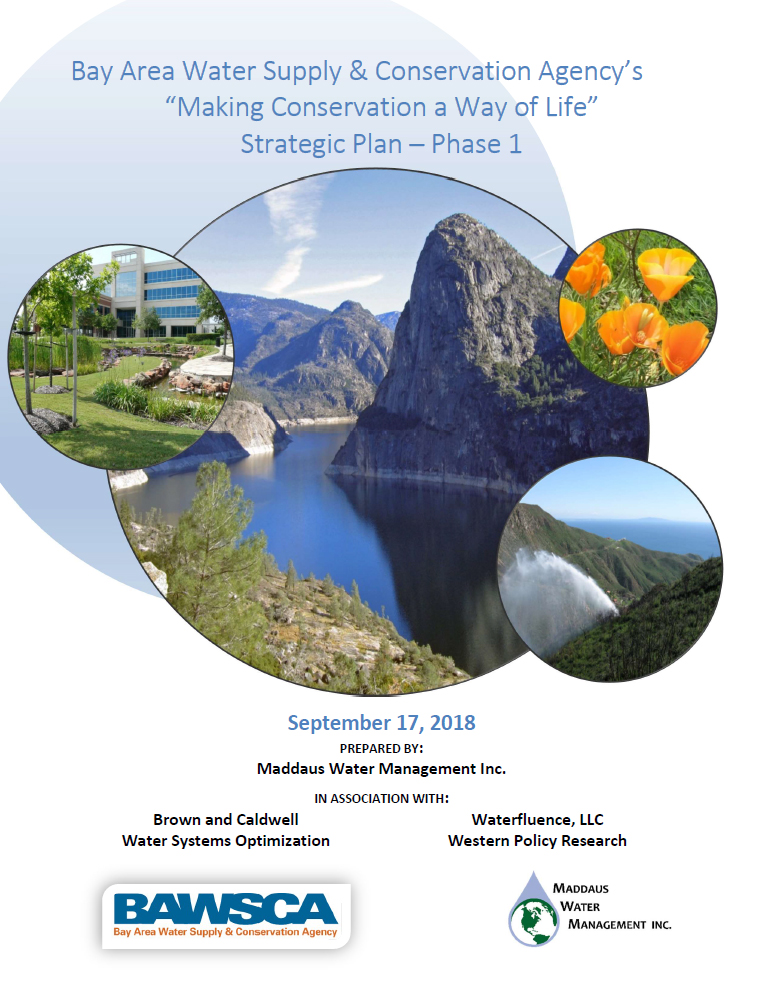
Bay Area Water Supply & Conservation Agency, Conservation Strategic Plan
MWM has lead a multi-team effort, which included other industry experts, to develop the Bay Area Water Supply & Conservation Agency’s (BAWSCA’s) Water Conservation Strategic Plan. MWM reviewed the State’s “Making Water Conservation a California Way of Life” regulations and BAWSCA existing conservation efforts. Partnering with industry experts, MWM conducted an assessment of CII account classification and outdoor landscape area measurements existing capabilities and best practices. The Project Team also inventoried current water auditing and water loss control of each of the 27 individual member agencies that BAWSCA represents and outlined areas for audit improvement and water loss opportunities. A roadmap was developed for the landscape, CII, and water loss project elements to scope tasks and timeline for implementation of improved data collection and management, further assessment, and intervention needs. Three memos, a final report, and multiple workshops and webinars were conducted to engage the BAWSCA member agencies in the process.
View the Report
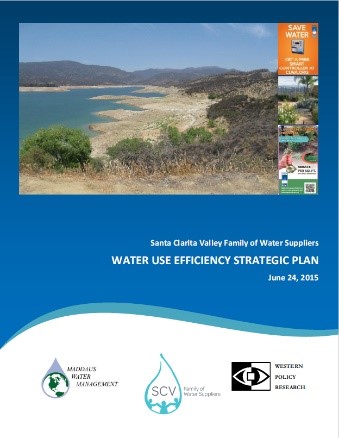
Demand Forecast Update, Water Use Efficiency Strategic Plan, and Population Assessment, Castaic Lake Water Agency, Santa Clarita Valley, California
MWM updated the projected demands for the four water retailer agencies in the Santa Clarita Valley served by Castaic Lake Water Agency. This project was implemented in a two-phase approach and completed in 2015. The first phase included a “top-down” approach to review and update the forecast of future demand using revised population estimates from the 2010 Urban Water Management Plan (UWMP) and the population validated from the Population Assessment project completed by MWM in June 2014. Phase 1 demand forecasts were also adjusted to normalize for the influencing factors of the economy and weather. A second phase was performed to review a different planning perspective using a land-use-based demand forecast with a “bottom-up” approach based on retail agency provided information. The goal of this effort was to finalize demand forecasts for each retailer agency and CLWA to comply with the 2015 Urban Water Management Plan Act.
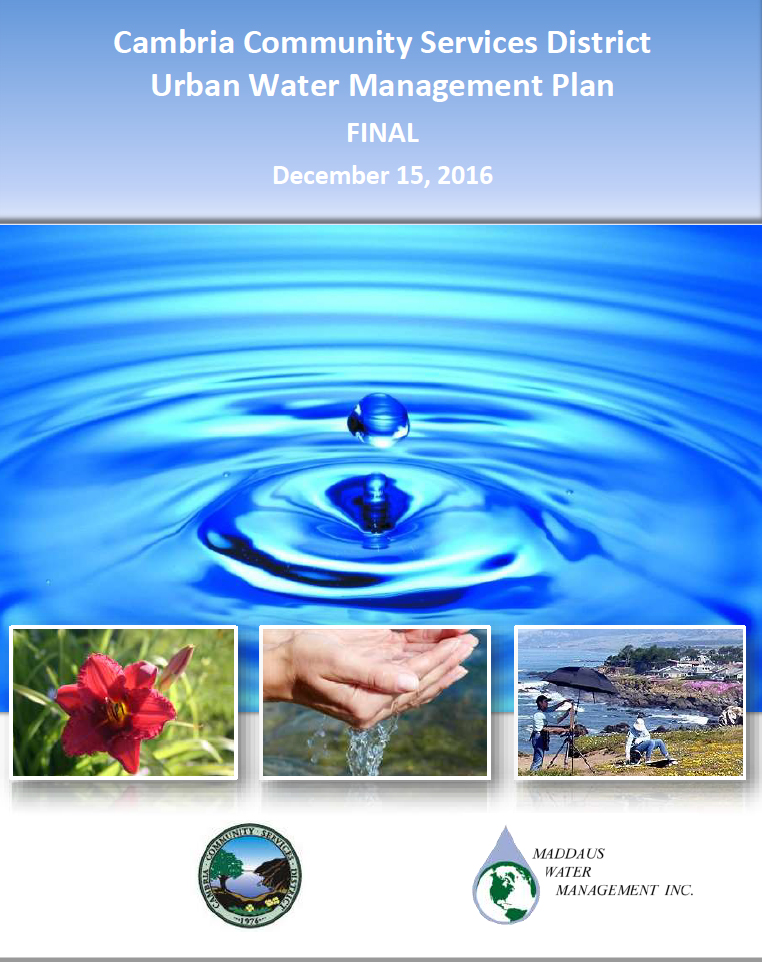
Urban Water Management Plan, Water Conservation Master Plan and Training, EIR Technical Services Support, Cambria Community Services District, Cambria, California
In 2016, MWM produced the 2015 UWMP for Cambria Community Services District (CCSD), completing the project in December 2016. The intent of the UWMP was to provide DWR and the public with information on present and future water sources and demands and to provide an assessment of CCSD’s water resource needs. Specifically, the UWMP provided water supply planning for a 20-year planning period in 5-year increments; identified and quantified adequate water supplies for existing and future demands during normal, dry and drought years; and assured efficient use of urban water supplies.
2016, MWM provided services to assist Cambria Community Services District with the completion of an Environmental Impact Report (EIR). Services involved a review of Cambria’s historical demands, historical conservation activity including local plumbing codes, and the collaborative development of projected water use and demand management measures creating an update to Cambria’s DSS Model. A detailed review of Cambria’s population and employment status and local codes and ordinances was also conducted.
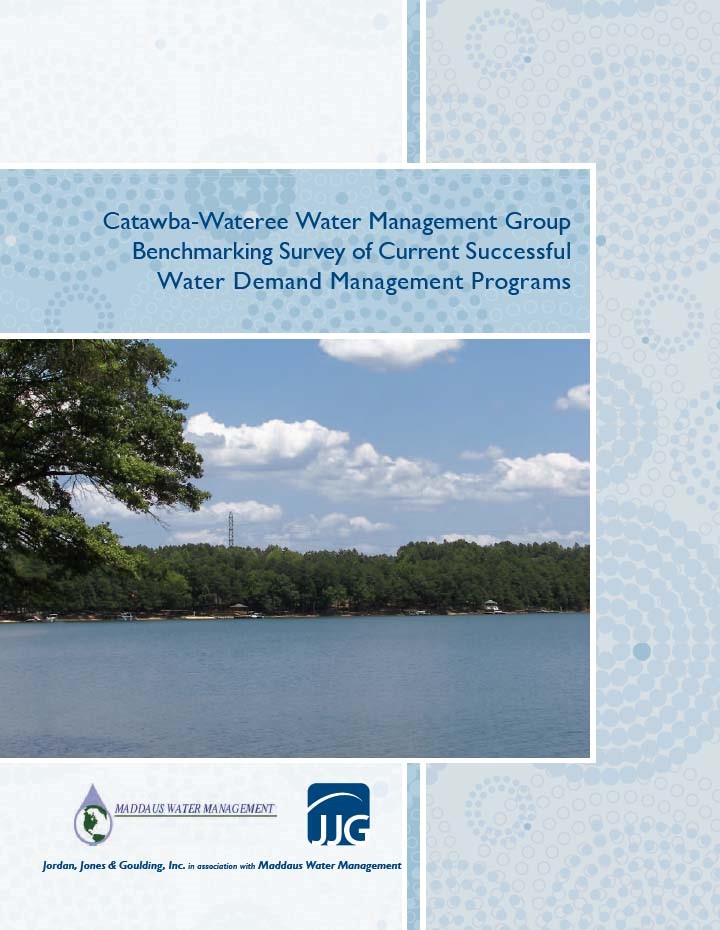
Catawba-Wateree Water Management Group Benchmarking Survey of Current Successful Water Demand Management Programs, North & South Carolina
The benchmarking survey focused on quantifying the costs, savings and scope of a successful long-term water efficiency program. The report answered typical agency questions such as: “What is everyone else in the industry doing?”; “Are there any new ideas I have not considered?”; and “How much should I budget for a successful conservation program?” The answers were presented in summary tables with real data on what the leading conservation agencies in the nation were currently doing.
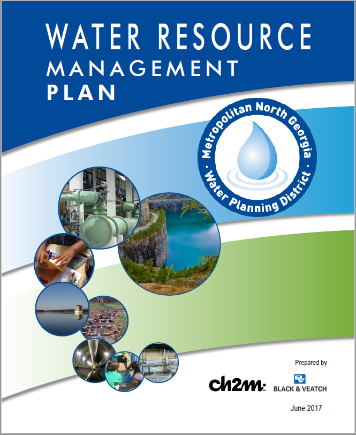
Metropolitan North Georgia Water Planning District, Water Supply and Conservation Plan and Update, Atlanta, Georgia
In 2017, MWM lead the project team to develop future water demand projections and water conservation savings analysis for the Metropolitan North Georgia Water Planning District. This project utilized MWM’s DSS Model software to model 16 different counties, including 93 different cities and water agencies that plan to supply a population of 7.5 million in 2030. The area currently uses an average of nearly 700 million gallons per day of water.
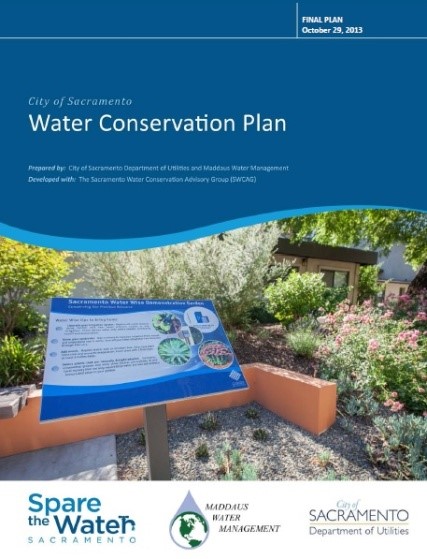
Water Conservation Plan, City of Sacramento, California
The technical analysis was conducted using the DSS Model, which contained more than 40 conservation measures, including new and innovative, state-of-the-art technologies that extend beyond the former CUWCC BMPs.
The goal of the modeling effort was to design a Plan to meet the City’s Senate Bill X7-7 gallons per capita per day (GPCD) targets in 2015 and 2020. The DSS Model was flexible to aid the City in monitoring progress towards the targets. The Plan was adopted with strong support at the City Council in October 2013.
This project was guided by facilitated stakeholder involvement with more than 20 active members of a Water Conservation Advisory Committee. The committee comprised of key local leaders in the community, including a City Council member, residents working at state resources agencies, business and real estate representatives, environmentalists, taxpayer advocates, and local wastewater and electric utility representatives.
In 2014, MWM completed a benchmarking survey to help answer media inquiries related to the City’s progress on water use efficiency.
View the Report